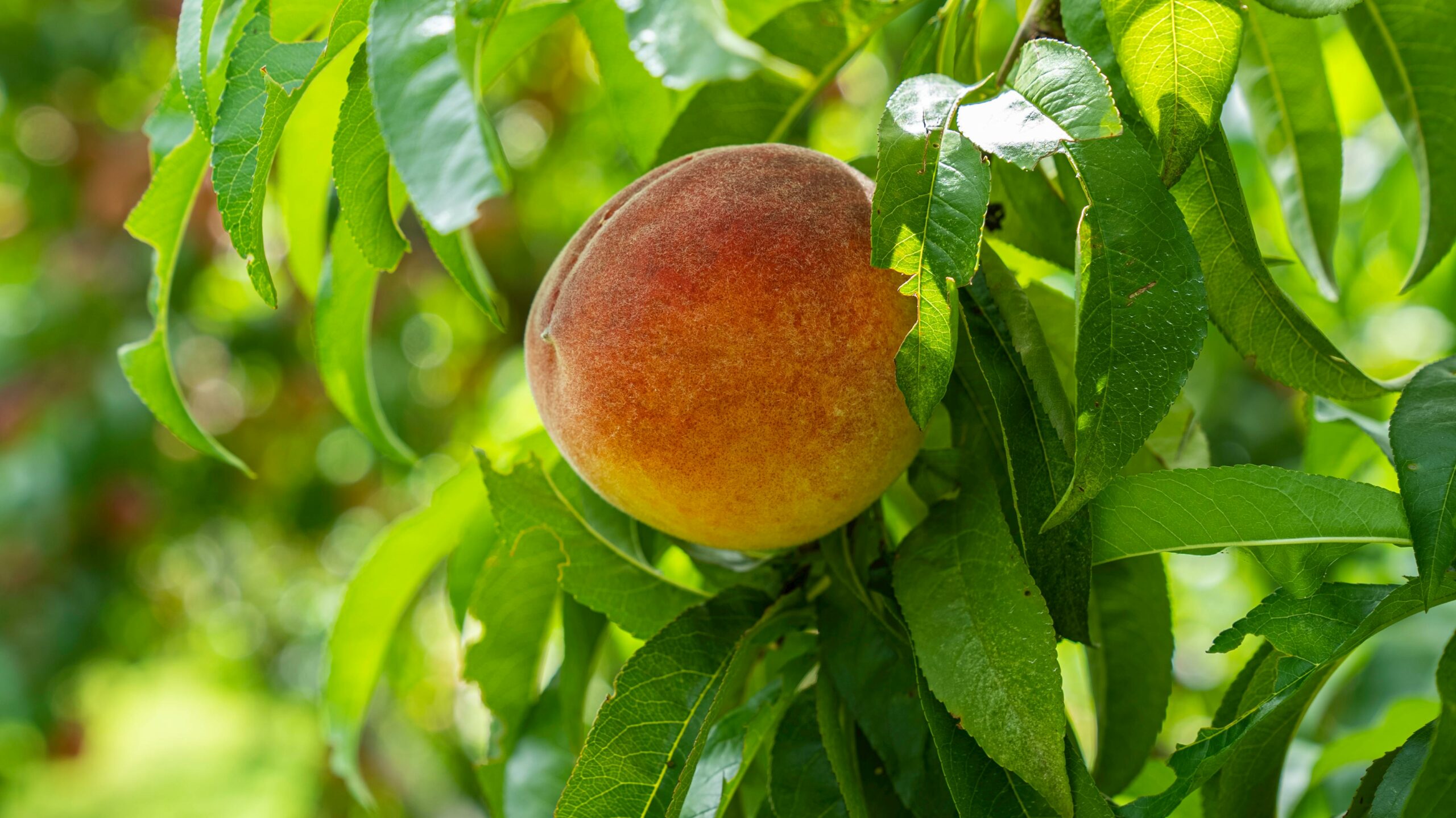How does warm winter weather affect plants?

MACOMB, Ill. — The recent weather has been mild.
As I write, it is currently 75 degrees outside, and I am using all my willpower to stay inside and type out this article. In addition to fighting the urge to clean up the garden, some people have been concerned about how the warm winter weather will impact their garden and landscape plants.
Will the warm weather bring our plants out of dormancy? This answer is complicated and could fill a textbook. To keep things simple, let’s focus on deciduous trees and shrubs.
Dormancy in plants is driven by two factors: day length and temperature. While day-to-day temperatures can be inconsistent, the consistent changes in shortening day length are what send plants into dormancy in the fall. Once in a deep winter slumber, it is a combination of day length and temperature that will break a tree or shrub’s dormancy. Again, to narrow our focus for this article, we’re going to look specifically at the influence of temperature.
Life in central Illinois is accustomed to swings in winter temperatures, but 70-plus degrees for several days during February is rare indeed. Fortunately, many of our native plants are accustomed to long winters and aren’t tricked out of dormancy so easily.
Mother Nature has been at this game for a long time. Over the eons, plants have encountered warm winter weather, triggering growth, which is killed off when the freezing temperatures return. To counter the issue of plant tissue being killed by late winter freezes, many of our woody plants developed a threshold where temperatures need to remain above 24 to 50 degrees F for up to four to eight weeks before breaking dormancy. Our northern species such as swamp white oak (Quercus bicolor), are unhurried to break dormancy and are slower to leaf out in the spring. However, if you are growing plants that are common in the southern U.S., then you may see some come out of dormancy earlier than usual.
A great example of this is a peach tree. Peaches are adapted to growing in southern parts of Illinois, but once you reach central Illinois the late spring freezes play havoc with this species that really wants to wake up sooner than it should. This leads to inconsistent fruit bearing as sporadic spring frosts kill the peach flowers.
Even with nature’s dormancy safeguards, we have been experiencing a very mild February, and despite a few dips into the teens, the forecast is still a little warmer than usual. If lows remain above 32 degrees for a couple more weeks, even our northern species may begin to leave dormancy earlier than normal.
If a tree or shrub sprouts too soon and is exposed to freezing damage, that plant will likely survive. Unfortunately, the plant must recover from the freeze damage and that recovery takes a lot of energy when coming out of dormancy. How a plant performs after using up limited resources in the spring depends on the resources the plant had when it went into dormancy in the fall. Looking back to last autumn, West-Central Illinois was in the middle of a drought. This means our woody plants went into dormancy experiencing stress. Coming out of dormancy and immediately encountering stress may impact the overall health of a tree.
While we can’t control the weather, we can provide resources for our plants. You can irrigate plants during the winter, so long as the soil is not frozen. A layer of wood mulch or leaves can help to insulate the soil, protect plant roots, and hold moisture.
With that said, the soil where my garlic is planted is dry. I think it’s time to shut down this cruel computer and head outside to water some plants … in February.
Miss Clipping Out Stories to Save for Later?
Click the Purchase Story button below to order a print of this story. We will print it for you on matte photo paper to keep forever.

